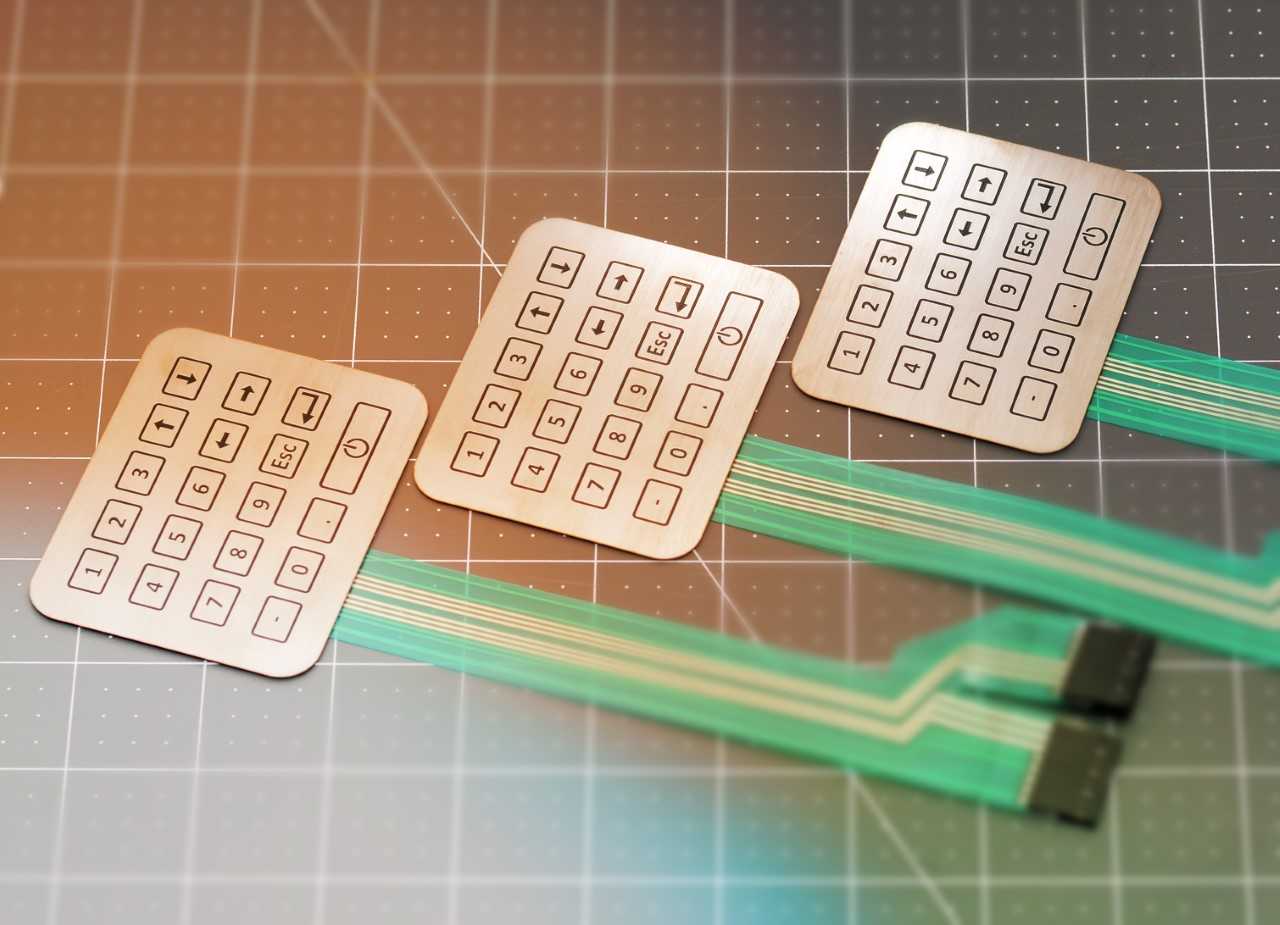Choosing the Right Membrane Switch for Your Business Needs
Choosing the Right Membrane Switch for Your Business Needs
Blog Article
Understanding Membrane Changes: The Trick to Reliable and sturdy Controls

What Are Membrane Switches?
Membrane layer switches are a sophisticated solution in the realm of individual interface modern technology, integrating performance and layout flawlessly. These devices act as an interface between individuals and electronic systems, integrating numerous parts right into a portable format. Usually constructed from adaptable, thin layers of materials, membrane switches are created to reply to touch, enabling users to engage with equipment and digital devices effectively.
The key components of a membrane switch include a published circuit layer, visuals overlay, and a spacer layer that protects against unintentional activation. The graphic overlay can be tailored to mirror brand name identification or customer choices, boosting aesthetic appeals while guaranteeing functionality. Membrane switches are commonly made use of in numerous applications, including medical tools, customer electronics, and industrial tools, owing to their longevity and resistance to ecological aspects such as moisture and dust.
One of the crucial advantages of membrane layer buttons is their capability to endure wear and tear, making them ideal for high-traffic settings. Furthermore, they are light-weight and need minimal room, permitting ingenious layouts in item development. Generally, membrane switches over represent a effective and functional option for modern-day digital user interfaces, weding modern technology with user-centric layout concepts.
Exactly How Membrane Layer Changes Work
The procedure of membrane switches joints on a basic yet efficient system that converts customer input right into electronic signals. When a user presses the button, the leading layer flaws, allowing a conductive aspect in the circuit layer to make contact with a matching conductive pad on the bottom of the visuals overlay.
The layout of membrane layer switches can differ, yet they commonly incorporate domes or responsive elements to give comments to the individual, boosting the general experience - membrane switch. The products made use of in membrane layer buttons, such as polyester or polycarbonate, add to their resilience and resistance to environmental variables, including moisture and dirt. The printed circuits are generally enveloped, which shields them from wear and tear over time.
Benefits of Membrane Switches

Additionally, membrane layer buttons are known for their sturdiness. Built from robust materials, they are immune to dirt, dampness, and physical wear, which substantially extends their lifespan compared to conventional mechanical buttons. This resilience makes them especially ideal for high-traffic settings and applications calling for longevity.
One best site more considerable benefit is the ease of cleansing and maintenance. The smooth surface area of membrane layer switches over minimizes dirt accumulation and is commonly impervious to spills, making them optimal for settings that require regular sanitization.
In addition, membrane layer switches provide a structured profile, resulting in a thinner style that can be incorporated into different gadgets without adding mass. This feature not only boosts the visual appeal yet additionally adds to a more ergonomic item style.
Applications of Membrane Layer Buttons
Flexible and user-friendly, membrane switches find applications throughout a variety of industries, consisting of medical tools, customer electronic devices, and commercial equipment. In the clinical area, these switches are indispensable to tools such as diagnostic equipment, person monitoring systems, and infusion pumps, where reliability and convenience of cleaning are critical. Their capability to endure rough atmospheres and maintain capability makes them optimal for such applications.

In customer electronics, membrane layer switches are utilized in items like microwaves, cleaning machines, and remotes - membrane switch. Their sleek style permits intuitive interface, boosting the overall customer experience while offering durability and resistance to wear and tear
Commercial tools also benefits from membrane buttons, specifically in control panels for machinery and automation my response systems. These switches provide security versus dirt and wetness, ensuring constant performance in difficult settings. Their personalized attributes permit suppliers to customize them to details functional demands, improving effectiveness and performance.
Selecting the Right Membrane Change
When choosing a membrane switch, it is important to think about various factors that influence efficiency and viability for details applications. The key factors to consider consist of environmental conditions, responsive responses, durability, and design requirements.
First, analyze the operating atmosphere; switches exposed to dampness, chemicals, or extreme temperature levels call for particular products to make certain durability and capability. Next off, assess the requirement for tactile feedback. Relying on individual communication, some applications may gain from a tactile action to confirm activation, while others may like a non-tactile style for aesthetic reasons.
Durability is an additional essential factor; membrane switches must be designed to stand up to regular use, impacts, and blog here abrasion. Make certain the chosen button can endure the expected lifecycle, specifically in high-usage circumstances.

Final Thought
Finally, membrane switches over offer as necessary parts in the style of sturdy and reliable control systems across numerous industries. Their portable style, incorporated with robust building and construction and adjustable features, improves user communication while ensuring durability sought after atmospheres. The versatility of membrane layer switches permits customized services that fulfill specific functional requirements, reinforcing their relevance in modern-day technology. As markets remain to develop, the relevance of integrating efficient membrane layer switch options can not be overemphasized.
Membrane switches represent an essential facet of modern user interface layout, mixing capability with resilience in various applications.Membrane switches are a sophisticated solution in the realm of customer interface technology, combining functionality and design seamlessly. Generally built from versatile, slim layers of materials, membrane switches are made to react to touch, making it possible for customers to engage with machinery and electronic tools properly.
The layout of membrane layer switches can vary, but they often include domes or responsive aspects to offer feedback to the user, boosting the total experience.In final thought, membrane switches over offer as crucial elements in the style of durable and dependable control systems throughout various sectors.
Report this page